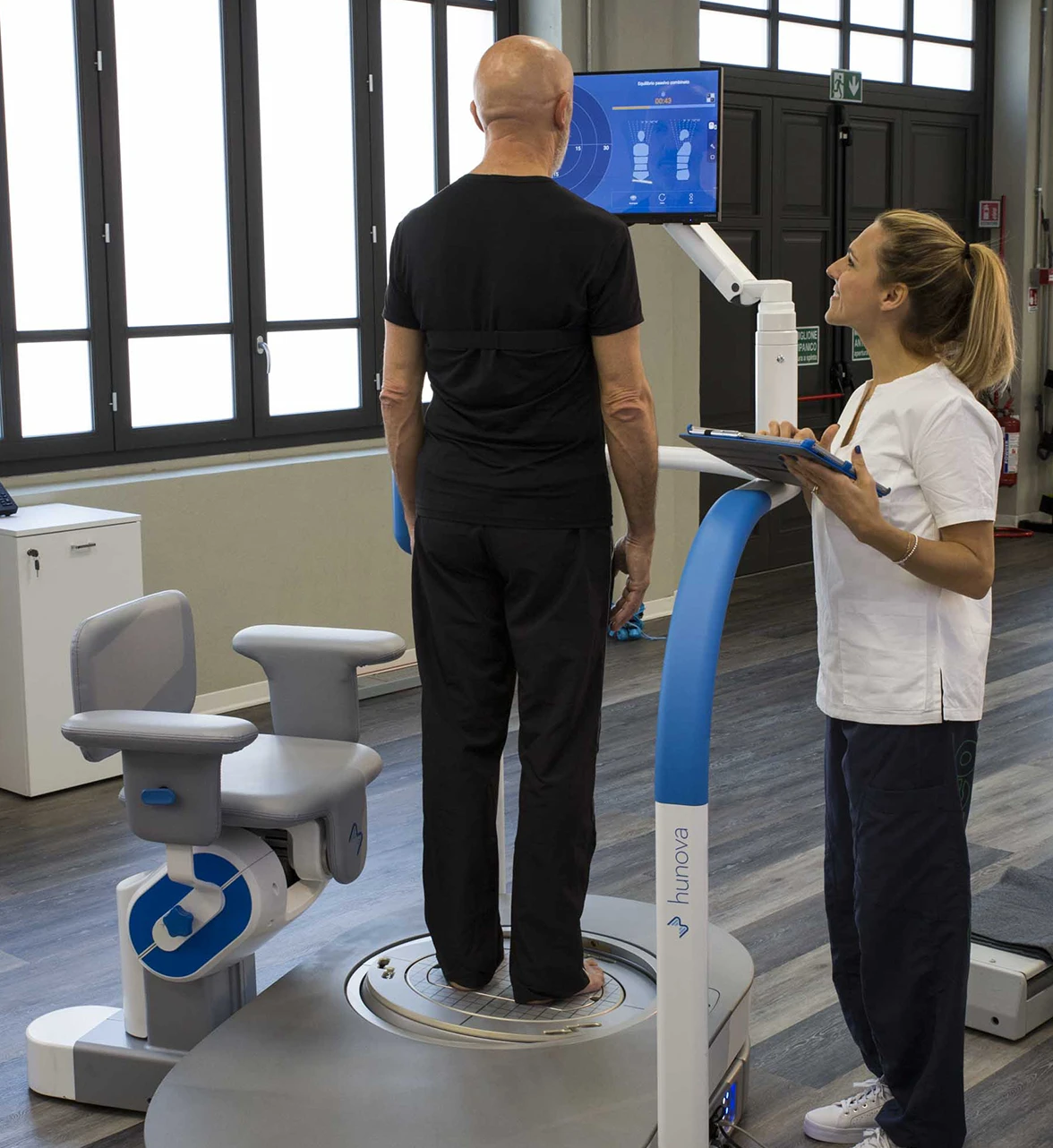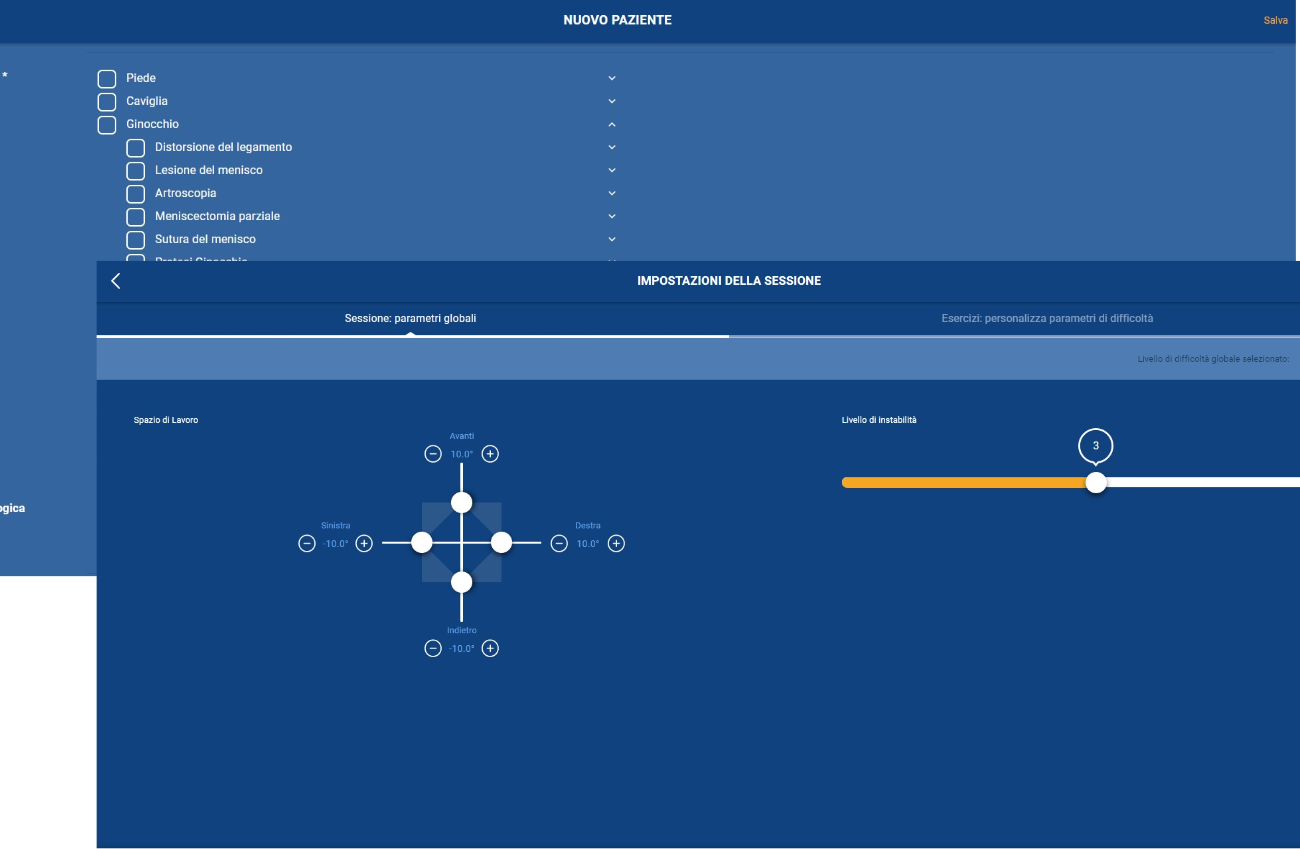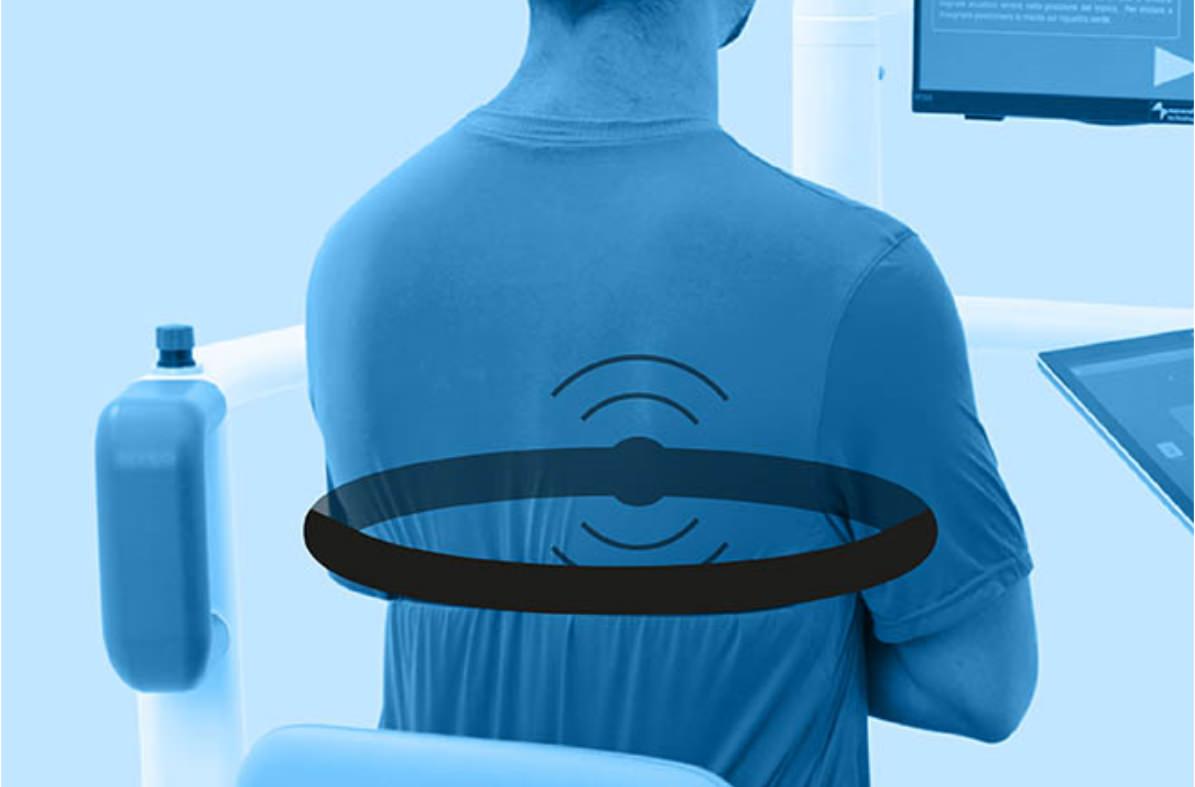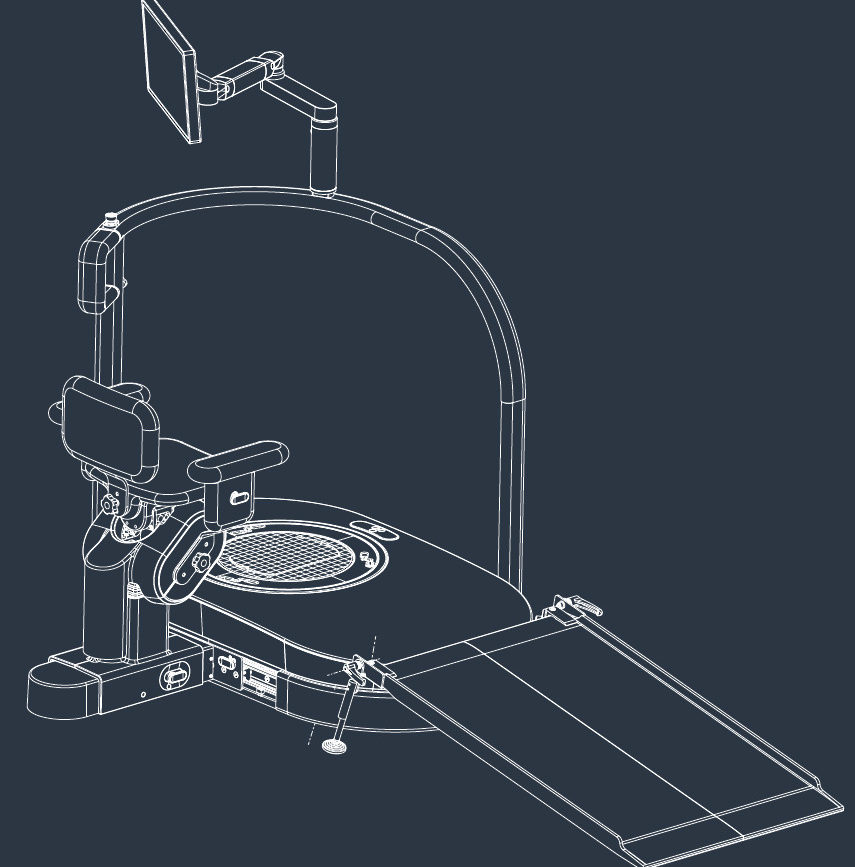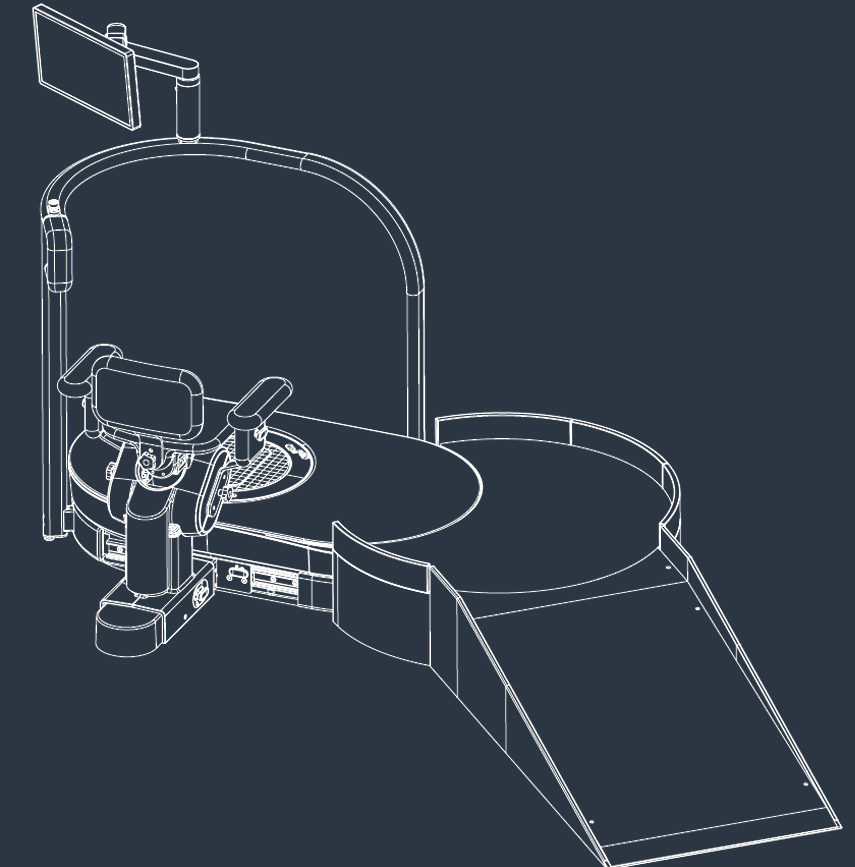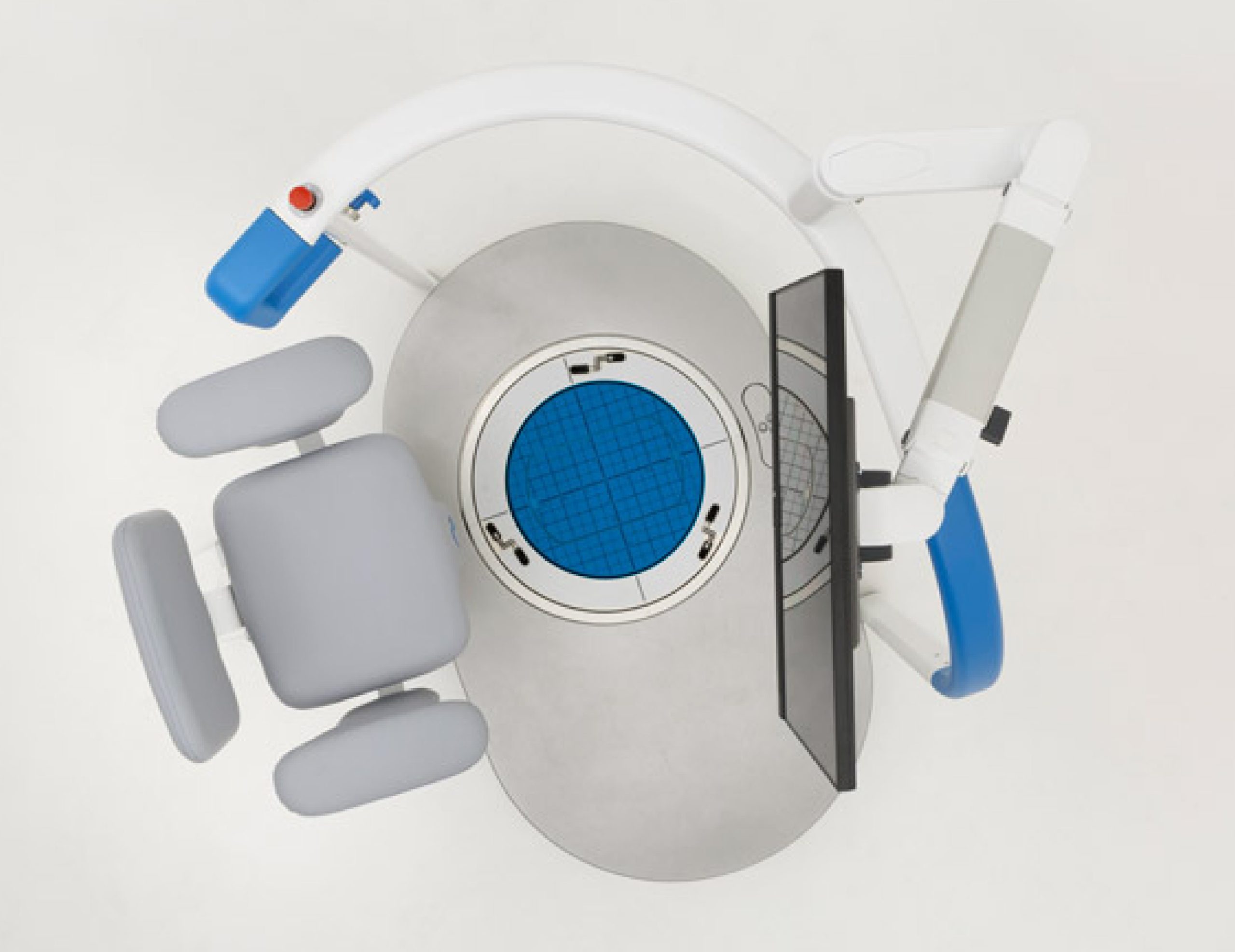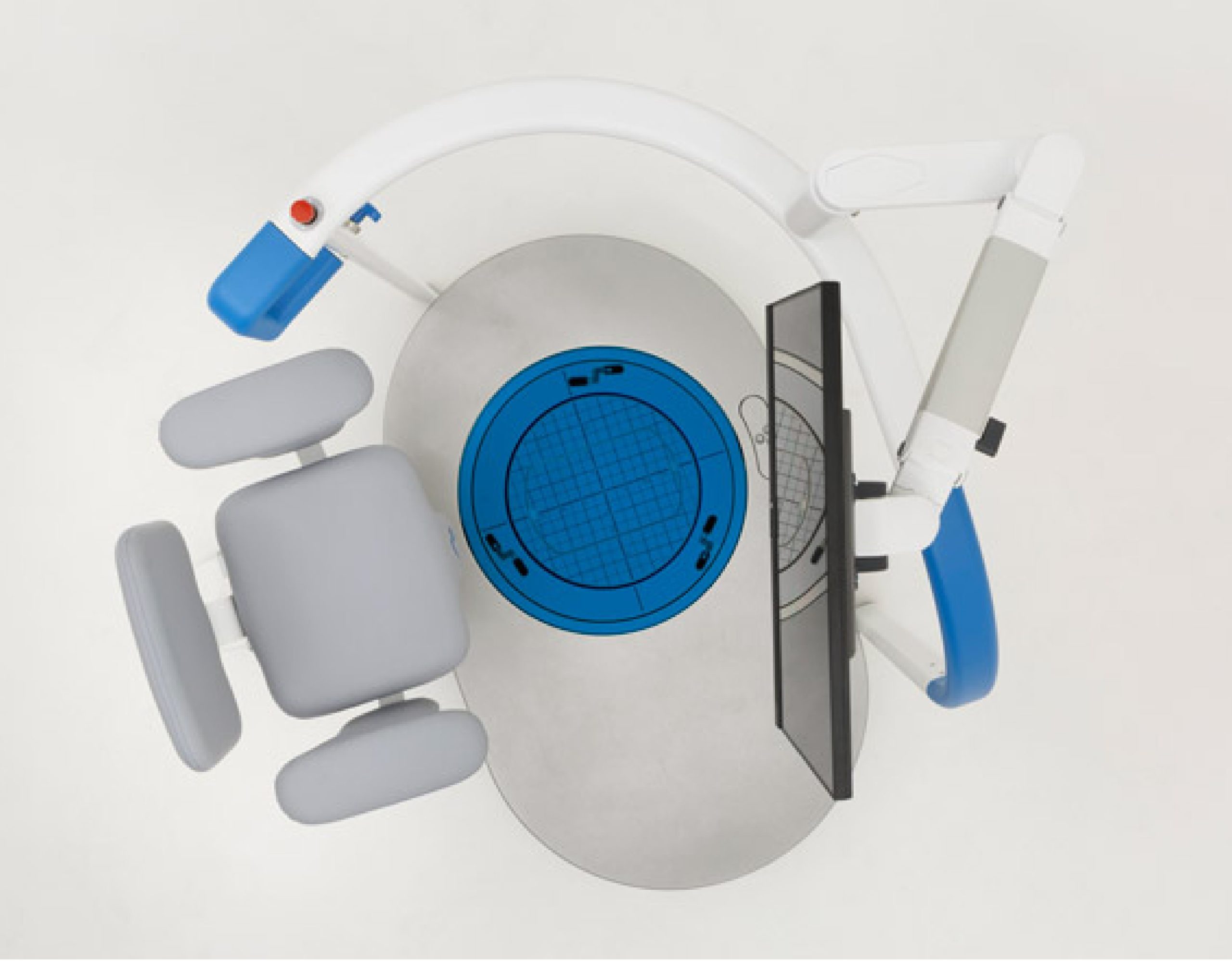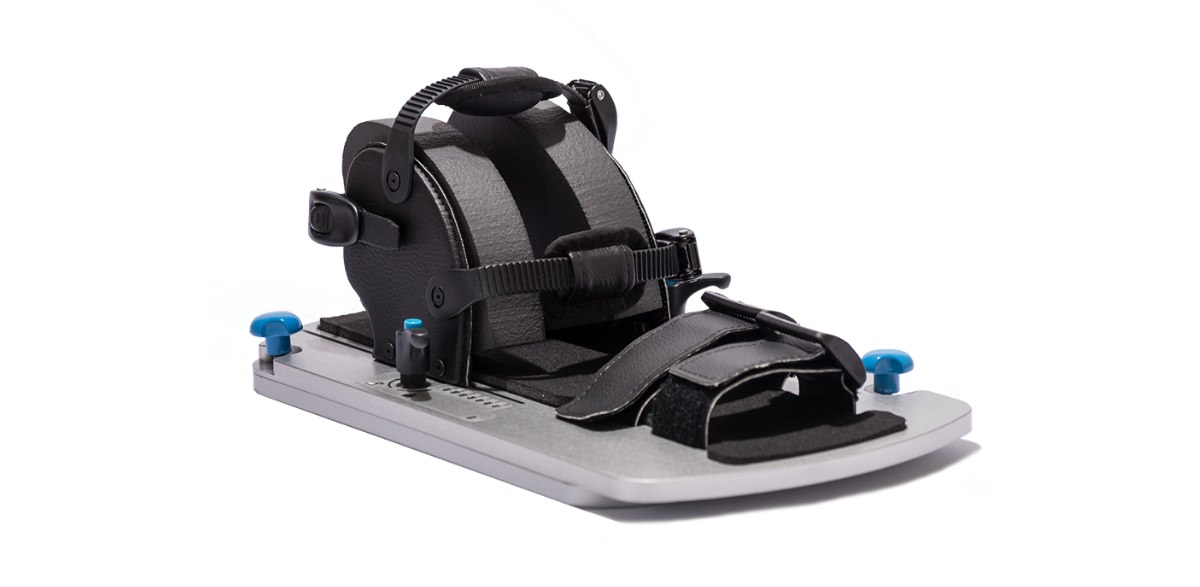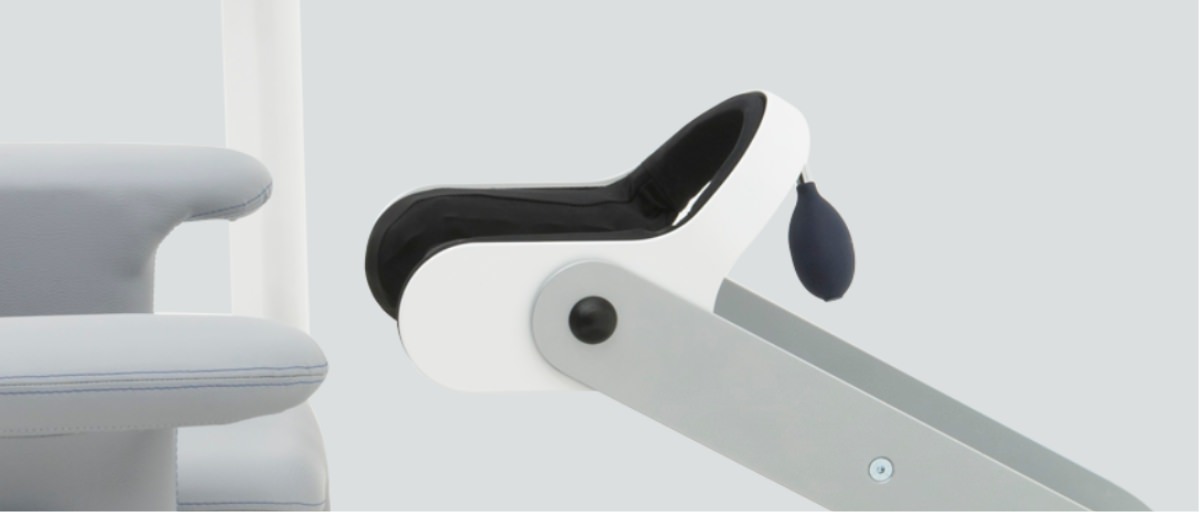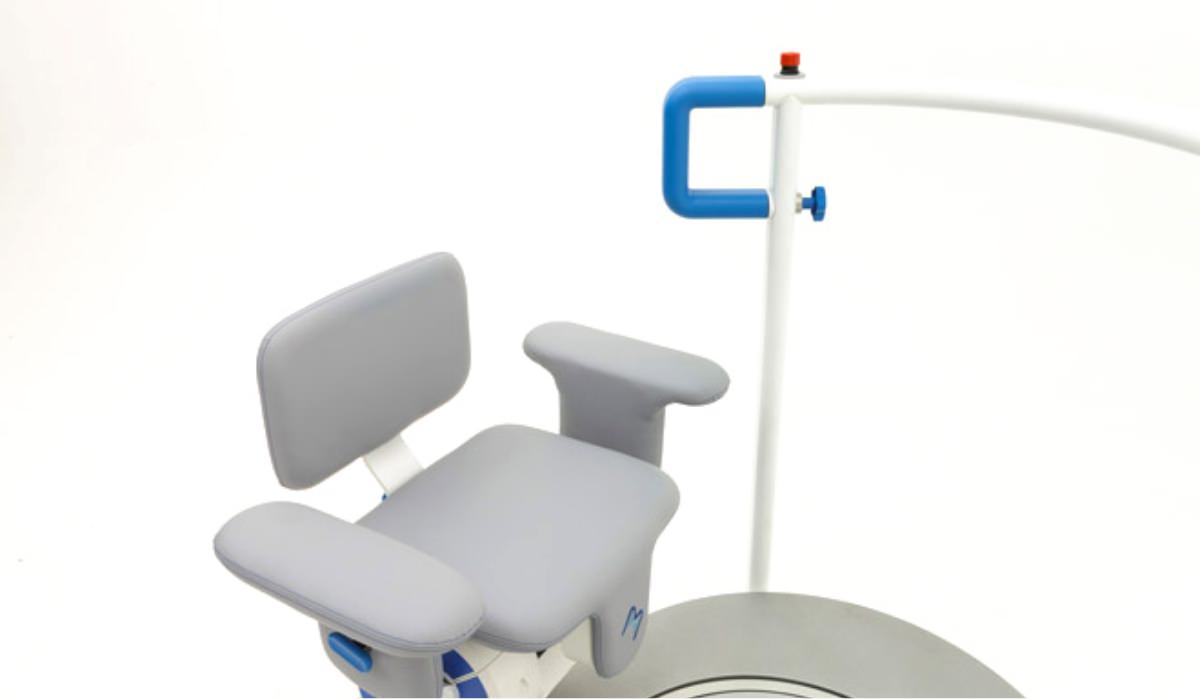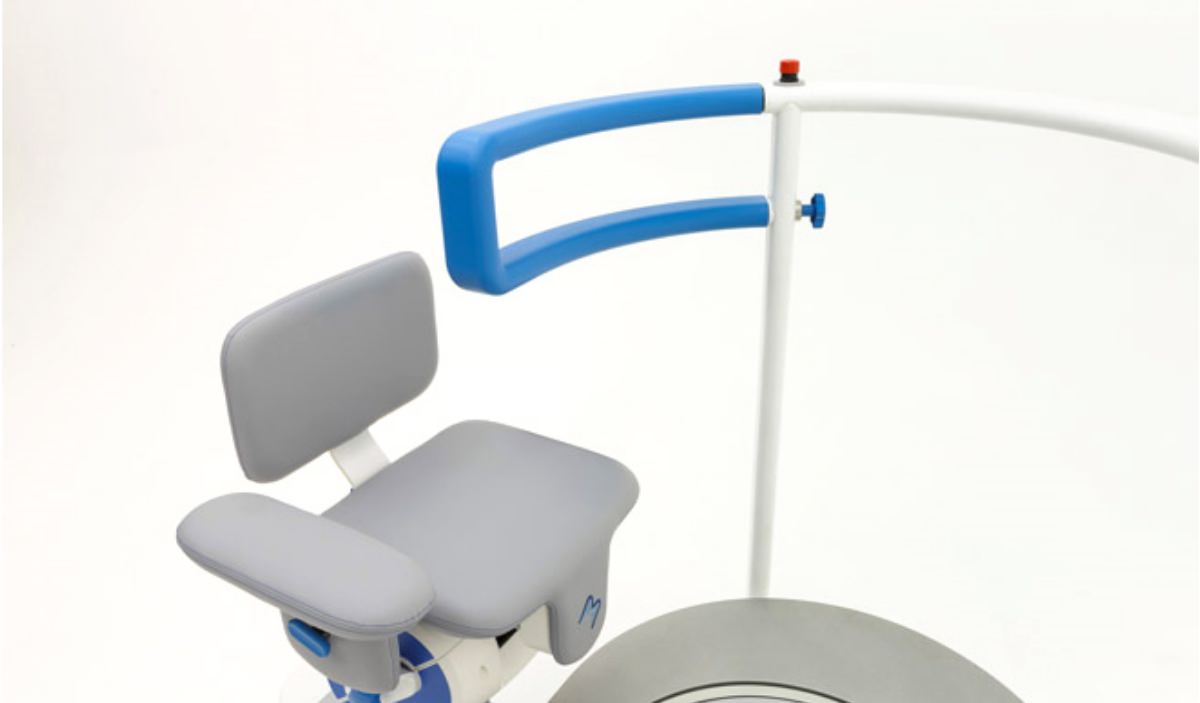TBI INDEX
From assessment to treatment of Traumatic Brain Injury
From assessment to treatment of Traumatic Brain Injury
The TBI index is designed to assist young, elderly, and athletes who have experienced a traumatic brain injury, offering a comprehensive assessment that integrates clinical parameters with robotic data, suggesting personalized and targeted treatment.
Accurate and non-invasive assessment in just 15 minutes with real-time report
REAL-TIME REPORT
Accurate, non-invasive assessment.
Traumatic Brain Injury's accurate assessment
The TBI Index provides a comprehensive assessment for Traumatic Brain Injury patients, utilizing physical indicators such as balance, coordination, and reaction time, along with clinical tests to evaluate cognitive capabilities.
The TBI Index provides precise assessment data to operators, identifying specific functional areas that require attention and intervention.
Results and Treatment
At the end of the evaluation, a report is generated, suggesting a personnalized rehabilitation process with hunova that can still be modified by the operator.
Movendo Technology assists medical and physiotherapy staff in planning a specialized treatment, providing objective data and quantitative feedback that lead to the precise evaluation and treatment of the condition associated with Traumatic Brain Injury.
The path
Graphical representation of the functional deficits of the areas analyzed using the TBI index
TBI INDEX SCORE
Indicates the severity of the condition associated with Traumatic Brain Injury (TBI)
Benefits summary
The TBI index shorten the evaluation time to less than 15 minutes.
Patient Benefits
- Comprehensive and fast assessment
- Objective and real-time report
- Personalized rehabilitation program
- Interactive treatment with gaming
Benefits for the center
- Opportunity to offer innovative service to clients
- Objective assessment of patient conditions
- 95% reduction in treatment preparation time
- Robotic interaction with patients reduces the operator's physical activity's intensity
Affiliated facilities
Discover where you can find our solutions and products in the specialist partner facility closest to you.
